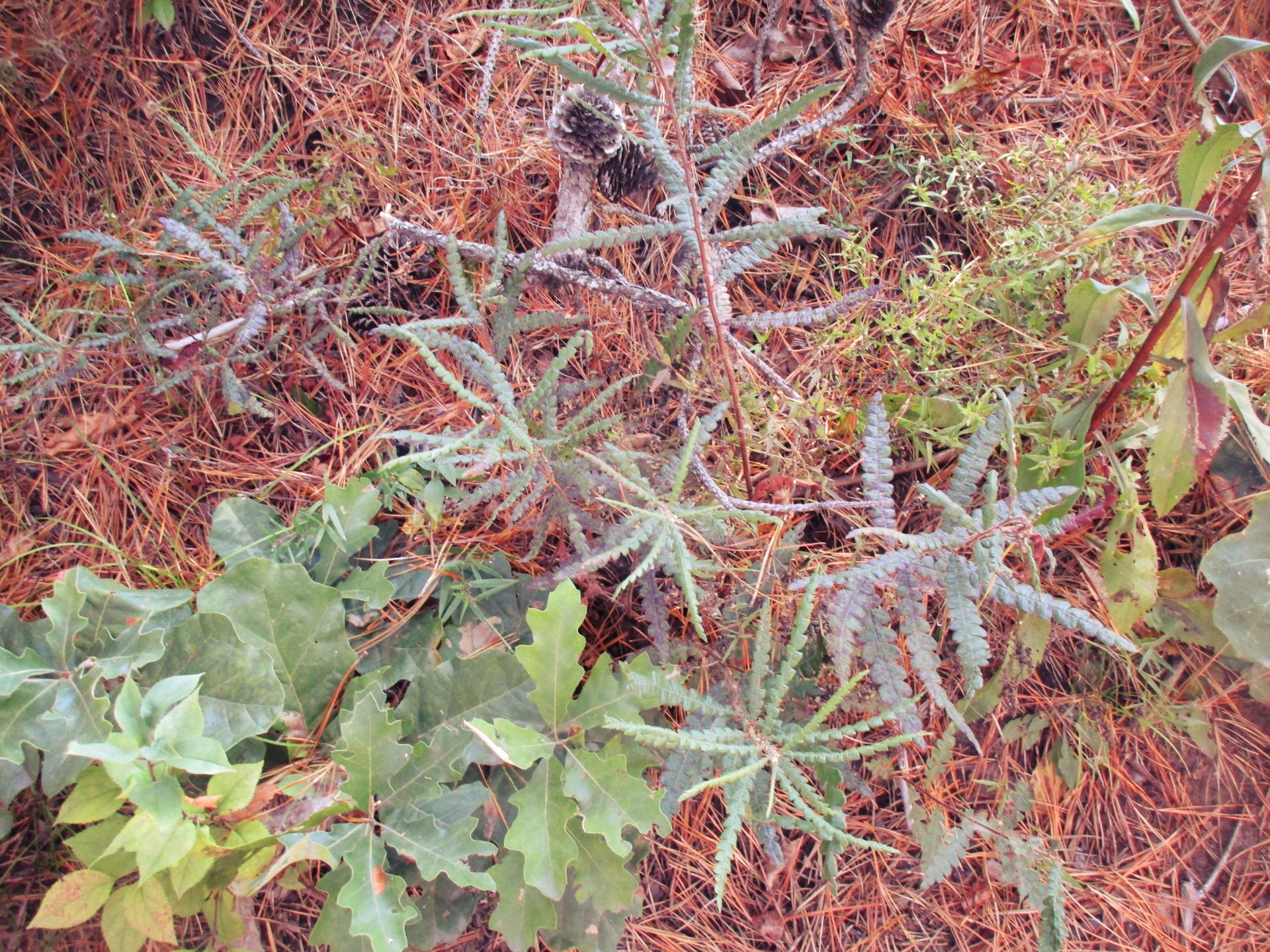by Tom Ellis
ALBANY: George Robinson, a restoration ecologist with the University at Albany’s Department of Biological Sciences, spoke at the June 19 SPB dinner at Westminster Presbyterian Church about the history of restoration planning for the Tivoli preserve.
For those unfamiliar with it, the Tivoli preserve is located north of Livingston Avenue and behind the former Philip Livingston school. The Tivoli lake (or pond) is a few hundred yards west of the former school. Also located in the Tivoli Preserve is the Patroon Creek that runs both above- and below-ground along side of the railroad tracks that connect Albany and Schenectady.
Professor Robinson said the Patroon Creek is the final remaining above-ground creek in the city of Albany. It flows into the Hudson River in downtown Albany.
He presented a graph showing that as the functional properties of a contaminated ecosystem are restored, the biodiversity of the ecosystem is enhanced. In a degraded ecosystem, biodiversity is also degraded.
Among the key services provided by urban ecosystems such as Tivoli are clean air, flood control, pollination and pest control. For example, he said 300-400 healthy trees – about an acre – can remove from the atmosphere the carbon dioxide emissions produced by the average automobile.
He said the Tivoli preserve and pond are very picturesque. The pond is much smaller than 100 years ago and was originally formed when an abandoned clay mine filled with water. He said that as far back as 1914, Tivoli was recognized by the city government as being a valuable resource in need of restoration that could be linked to other city parks. By 1937, city engineers urged abandonment of the idea of Tivoli being a park. John Wolcott interjected that Tivoli is “a park that never was and still isn’t.”
Mr. Robinson said in 1964 Philip Livingston students used the pond for nature study and sold memberships to the proposed park. Their plan was chartered by the State Board of Regents but the city government never implemented the plan.
“Tivoli has always been a back-water for the city,” he said, despite Tivoli being a great place to study urban ecology. University at Albany students have also studied Tivoli.
In 2004, a Patroon Creek Nature Corridor was proposed to connect via a greenway the Six Mile Waterworks and the Hudson River. Among the challenges to such a corridor are Interstate 90, the Amtrak rail tracks and the difficulty of moving pedestrians through the corridor.
He digressed for a minute saying the uptown SUNY campus is almost impossible to ride a bicycle to, riding a bike there is “a life-threatening experience,” and a case of “bad planning.”
He also said that due to budget cuts and the so-called Sequestration, the United States Geological Services (USGS) has run out of funds to operate stream flow gauges; a gauge along the Patroon Creek is not in use.
He said the Patroon Creek and Tivoli pond are intimately connected. The Tivoli trail system is often impassible due, in part, to heavy, uncontrolled drainage from city streets at higher elevations. He said a 4-foot pipe at the north end of Quail Street dumps vast amounts of runoff and trash into Tivoli.
Soil and vegetation, he said, are the best water filtration system. “Day-lighting” the creek – removing the culvert that sections of the creek runs through – would improve its water quality.
He said the number of peak water flow events have increased in recent years due to climate change despite the total annual rainfall not changing.
Professor Robinson recommended a plan for Tivoli improvements. These are (1) restore the historical connection between the creek and the pond; (2) manage runoff and restore trails; (3) remedy safety hazards; (4) add recreational facilities; and (5) add educational resources.
He urged the creek be run through the wetlands adjacent to the pond as a way to facilitate cleaning creek water. The creek has been contaminated with mercury from Mereco and pollutants from the now-demolished National Lead factory.
The Three Mile Reservoir – located next to I-90 west at Everett Road – is silting up, he said. Elemental mercury is buried under the reservoir. The Tivoli pond contains atmospheric mercury deposition, but no mercury flow from the upstream Three Mile Reservoir.
He said high levels of road salt found in Tivoli pond are probably runoff from higher elevation shopping malls including Westgate. He said high quantities of coliform bacteria are found in increasing concentrations as water flows down the creek and also in the Tivoli pond.
He urged that students and local residents be put to work carrying out a Tivol-Patroon Creek restoration.
When asked about the cleanliness of Tivoli pond, he said it does not get flushed enough to be clean. Regarding the city proposal to “Daylight” the creek, he said with the increasing number of peak water flows in recent years and climate change, the creek should not be below ground.
However, Professor Robinson did not endorse the city’s creek day-lighting plan. He said, “My real fear is the city will spend lots of money engineering the creek without involving the neighborhood community. The city is not taking a restoration ecology approach that involves hundreds of volunteers. The city does not recognize the importance of community involvement.” He concluded saying ecology restoration work may become a growth field of employment. “It is surely needed,” he said.
Published in September/October 2013 Save the Pine Bush Newsletter
